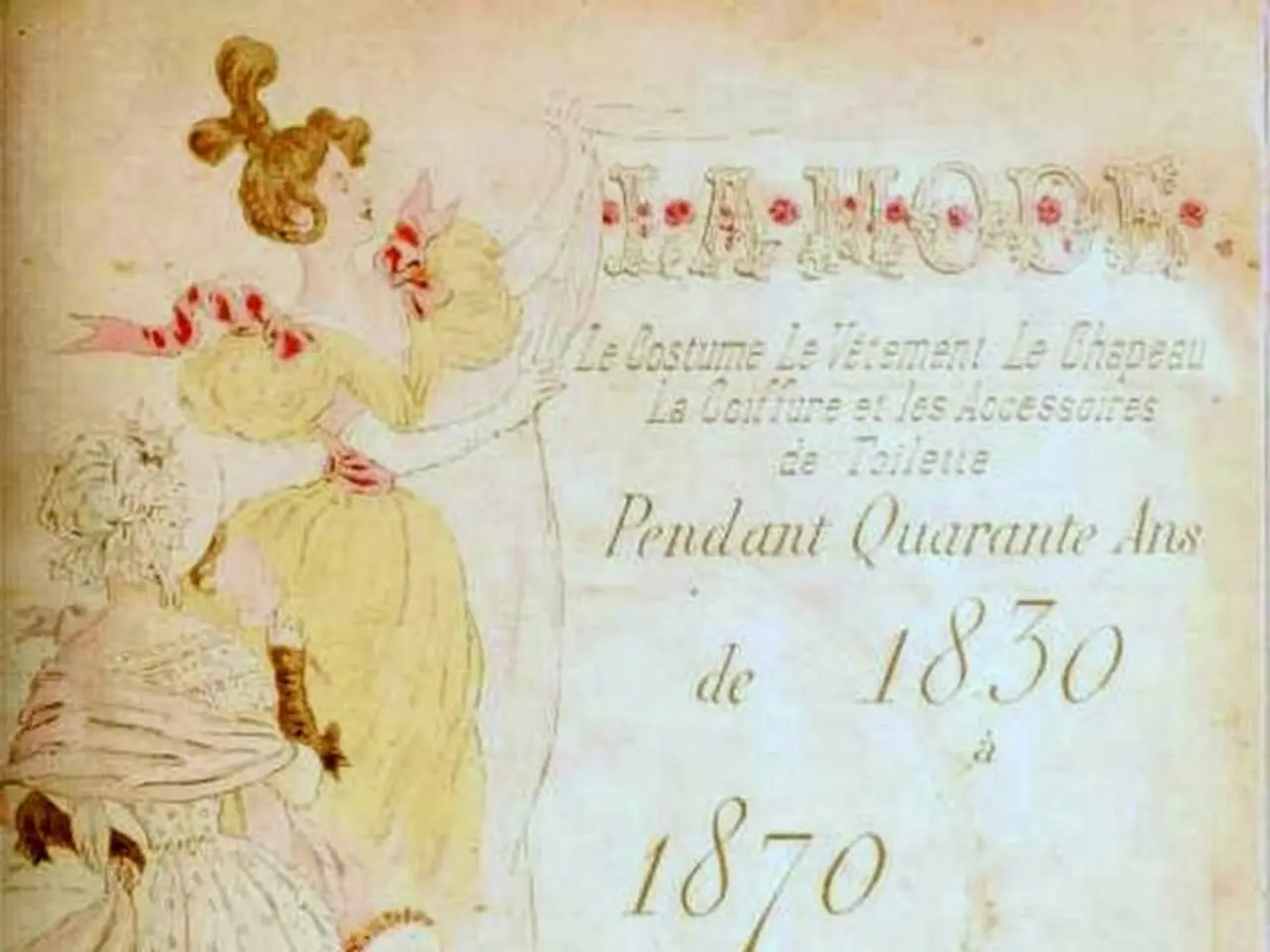Prohibition of alcohol led to the empowerment of women
In the tumultuous 1920s, a period marked by the banning of alcohol known as Prohibition, women found themselves stepping out of the shadows and into the limelight. This era, which spanned from 1920 to 1933, brought about a paradoxical transformation in women's roles and opportunities, challenging traditional Victorian gender norms and opening new avenues for women's expression, work, and social freedom.
During Prohibition, the emergence of the "flapper" culture became a symbol of defiance against conventional norms. Flappers openly flouted societal expectations by wearing makeup, smoking cigarettes, drinking alcohol in speakeasies, and embracing more liberal attitudes towards dating and sexuality. This cultural shift marked a significant departure from the homebound domestic roles that women were traditionally confined to, as many women dared to experiment with new forms of social expression and personal independence.
Economically, Prohibition coincided with an increase in women's participation in the workforce. Women found employment in various sectors, including retail, healthcare, education, office work, and manufacturing. Despite persistent wage disparities, women's labor force participation rose steadily during the 1920s. The nightlife and leisure industries also expanded opportunities for women, both as consumers and as workers in entertainment and hospitality, further pushing the boundaries of traditional roles.
Politically, women had recently gained suffrage in 1920, and the changing social norms during Prohibition and the 1920s fostered new gender dynamics. However, the women's rights movement experienced some lethargy, with many women feeling that their main goals had been achieved with the vote. This period saw a split in women's political engagement, as some older activists viewed flappers as less serious feminists.
Historian Liebhold believes that Prohibition was part of a tectonic shift in society, leading to women's recognition in terms of laws and a broader culture shift in their place in society. The ban on booze created opportunities for people who had never been involved in the saloon scene and liquor trade before, especially women. Figures like Ether Clark and Texas Guinan rose in the underground alcohol trade during Prohibition, running speakeasies and smuggling liquor. Guinan, with a pistol strapped to her thigh and a drink always in hand, flipped power dynamics nightly and became one of the first women to profit off nightlife on her own terms openly.
However, Prohibition was not without its darker side. Alcohol consumption has historically been linked to increased violence, and stories of violence linked to alcohol consumption were common in newspapers during the early 20th century. The murder of William Hartman's wife in June 1920 marked the first time lawmakers started paying attention to the dangers women were facing behind closed doors and responding with policy.
In conclusion, Prohibition helped catalyse a transformation in women’s roles by facilitating new social freedoms embodied by flappers, increasing work opportunities beyond domestic service, and contributing to a broader questioning of Victorian gender norms. While it did not directly cause these changes, Prohibition-era culture created spaces for women to explore identities that diverged markedly from earlier expectations. This period stands as a testament to the resilience and determination of women, who, even in the face of adversity, managed to carve out a place for themselves in a rapidly changing society.
References: [1] Gelber, T. (2008). Alcohol in America: A History. Oxford University Press. [2] Roiphe, K. (1993). The Morning After: Sex, Fear, and Feminism. Simon & Schuster. [3] Liebhold, A. (2004). Tavern: A History of Drinking in America. Oxford University Press.
- Amidst the growth of the 'flapper' culture during Prohibition, women found unprecedented opportunities in the expanding science and health-and-wellness sectors, as they joined the workforce in numbers never seen before, opening up new possibilities for womens-health research and services.
- As societal norms evolved during Prohibition, the lifestyle framework of the 1920s began to incorporate gender equality, with women playing increasingly significant roles in areas such as education, work, and social activism, thereby challenging traditional expectations and altering the course of history.




